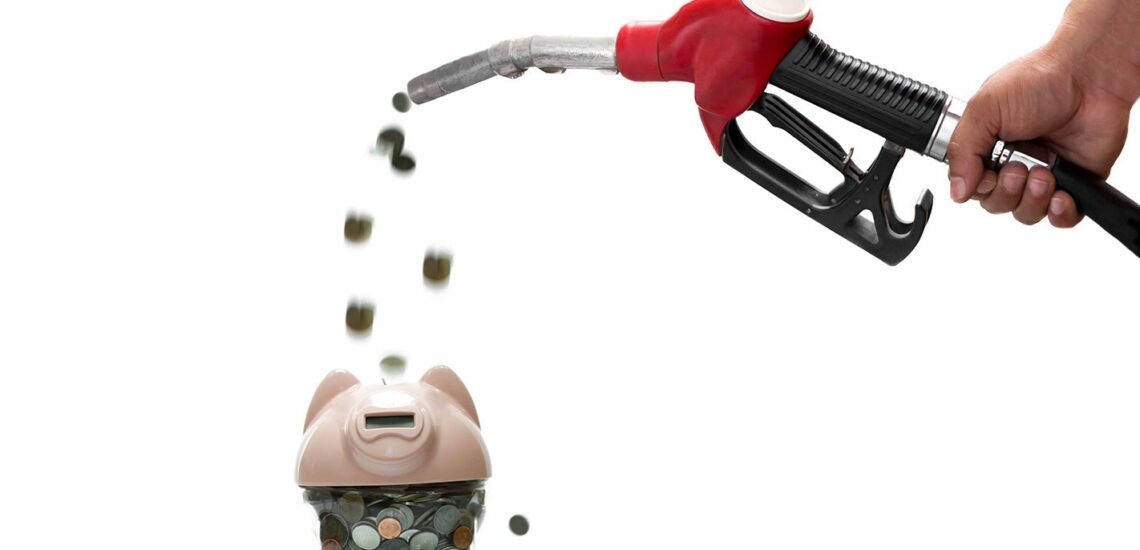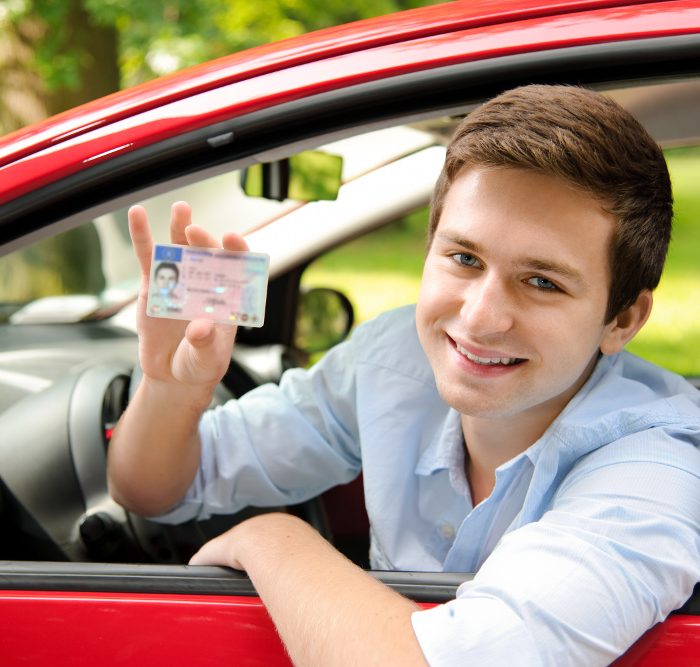了解如何通过合理使用燃料来节省汽油。
除了不断追求省油的汽车或寻找便宜的加油站外,司机在汽油成本方面常常感到无助。
即使您没有一辆超级高效的汽车,您也可以改变这种情况。阅读如何做到这一点。
方法#1。监测轮胎压力水平
将轮胎充气至适当水平。根据 Kwik Fit 的一项研究,司机每年因轮胎充气不足而花费近 10 亿英镑购买不必要的燃油。充气适当的轮胎更安全,使用寿命更长。
- 保持正常轮胎压力可节省汽油并对驾驶安全产生积极影响
- 定期检查轮胎压力,尤其是在长途旅行时
- RAC 专家声称,最多可将油耗降低 2%
方法#2。降低发动机转速
以高发动机转速驾驶会导致燃料成本增加,因此我们建议尽可能换档。
- 尽早换挡以保持平均发动机转速 — 例如,2500 rpm(汽油发动机)和 2000 rpm(柴油发动机)
- 尽可能尝试换到更高的档位
方法#3。卸下车上的货物
汽车的重量(乘客、货物)越大,消耗的燃油越多,因此不要在后备箱中放置额外的货物。满载的汽车最多会多消耗 20% 的燃油。
- 如果可能的话,请保持车窗关闭,尤其是在高速公路上行驶时
- 自行车架和车顶行李架将使油耗增加至少 10%,因此仅在必要时使用它们。
方法#4。选择手动变速器
自动变速器汽车比手动变速器汽车耗油量高 10-15%。目前,人们倾向于使用半自动变速器。
方法#5。要合理
穿着厚鞋或高跟鞋开车会降低灵敏度,因此很难控制油门或刹车踏板上必要的压力。这看起来可能很奇怪,但穿平底鞋可以让你更好地控制加速和刹车。
您还可以:
- 尽量避免猛踩刹车、加速,然后刹车
- 相反,尽量保持 15-20 英里每小时的恒定速度
- 不要忘记在交通拥堵时保持平稳驾驶
- 当你想追赶前面的车时,避免开得很快,然后踩刹车
方法#6。监控车辆的技术状况
定期保养可以让你保持发动机的动力效率。
- 一个重要的因素是选择正确的发动机油类型
方法#7。遵守速度限制
开车速度越快,消耗的燃油就越多。AA 研究表明,以每小时 70 英里的速度开车时,驾驶员消耗的燃油比以每小时 60 英里的速度开车时多 9%。以每小时 80 英里的速度开车时,驾驶员消耗的燃油比以每小时 70 英里的速度开车时多 25%。
- 如果你在乡村道路上行驶时将车速从 70 英里/小时降低到 60 英里/小时,则可以额外节省 10%
方法#8。关闭引擎
如果是安全的,请在交通堵塞、停车或驻车时关闭发动机。
- 许多司机喜欢在寒冷季节开车前预热发动机——这会导致汽油消耗,以及发动机损坏
方法#9。关掉空调
低速行驶时,空调工作可能会增加油耗,但高速行驶时这种现象不太明显。
- 天气热时打开车窗。在高速公路上行驶时,请打开空调。
方法#10。多走路
节省汽油的最好方法是只有在真正需要的时候才开车。
- 偶尔将车停在车库,然后散步或换乘公共交通工具。使用汽车共享服务上下班。

出版 七月 15, 2021 • 1m





